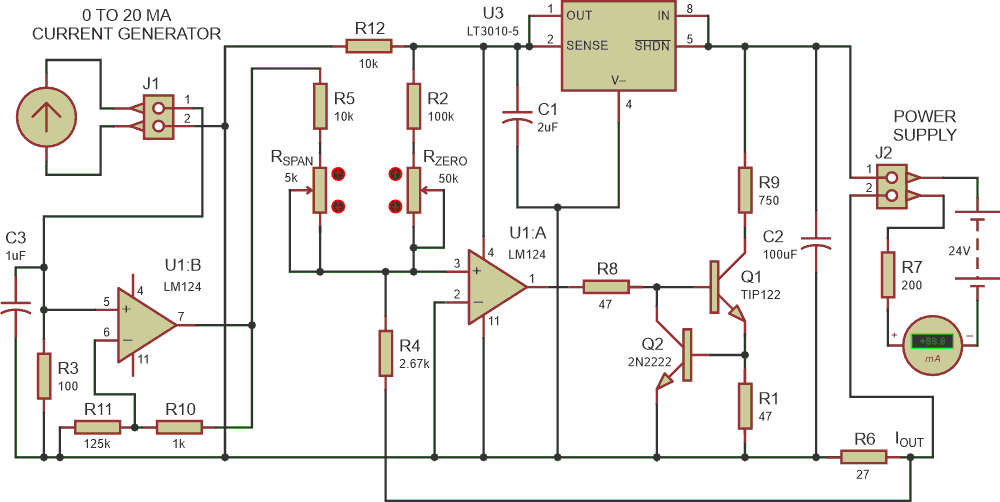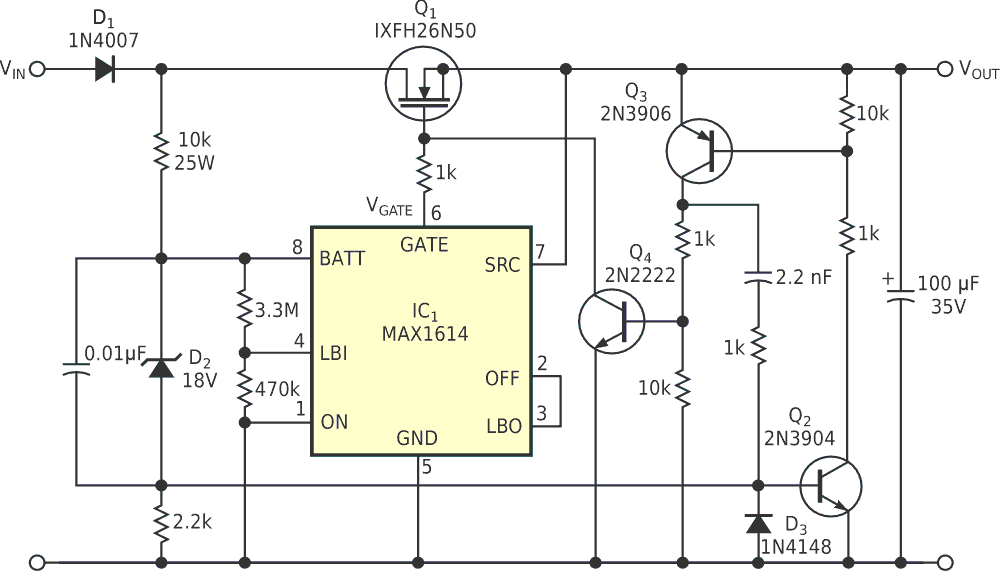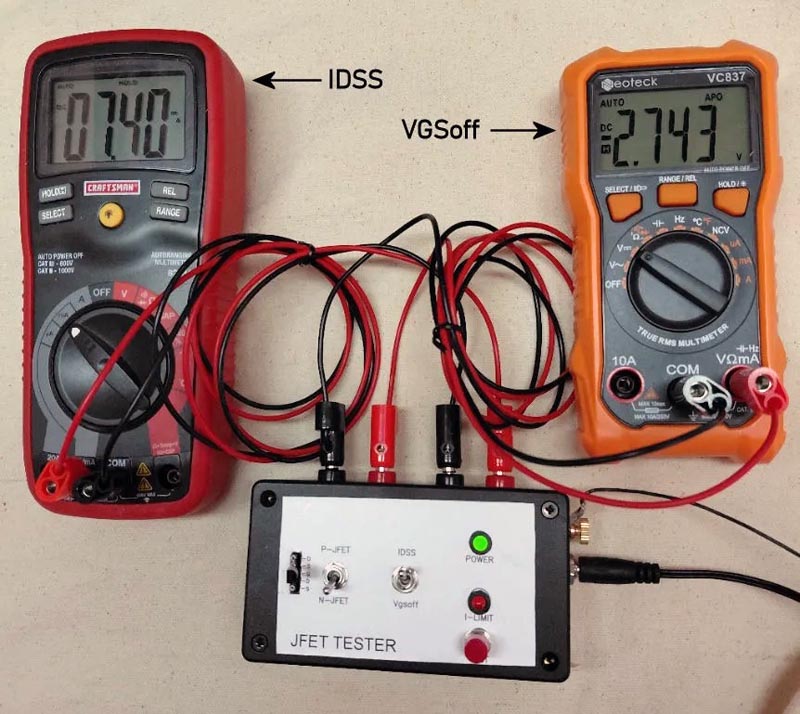A 4 to 20 mA loop current is a popular terminology with Instrumentation/Electronics engineers in process industries. Field transmitters like pressure, temperature, flow, etc., give out 4 to 20 mA current signals...
Articles and news - 2
Alright, I admit that the title is a bit over the top. So, what do I mean by it? I mean that: The application of PWM control to a regulator does not significantly degrade the inherent DC accuracy of its output voltage...
It's important to properly sequence the bias applied to an RF/microwave GaAs FET or a MMIC amplifier. These devices are extremely sensitive to drain and gate voltage levels...
Voltage transients on low-voltage power lines can sometimes attain amplitudes many times the nominal voltage level. That behavior often calls for protection against the application of improper power levels...
Battery-operated devices and energy-restricted applications must track and monitor power consumption without wasting power in the process. To solve this challenge, Microchip Technology announces two digital power monitors...
Looking around at the ubiquitous proliferation of wireless smartphones, it’s easy to assume that the classic wired “landline” phone on a copper loop is a relic of ancient days...
Current mirrors are a commonly useful circuit function, and sometimes high precision is essential. The challenge of getting current mirrors to be precise has created a long list of tricks and techniques...
The circuit presented by Cor van Rij for characterizing JFETs is a clever solution. Noteworthy is the use of a five-pin test socket wired to accommodate all of the possible JFET pinout arrangements...
I’ve recently published Design Ideas showing circuits for linear PWM programming of standard bucking-type regulators in applications requiring an output span that can swing below the regulator’s sense voltage...
The rise of smart factories, remote monitoring and connected infrastructure are increasing the demand for advanced networking systems that can operate over long distances and in challenging environments...









